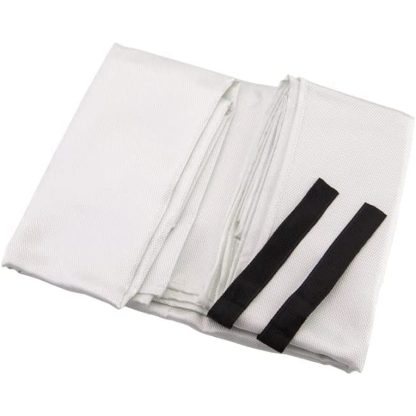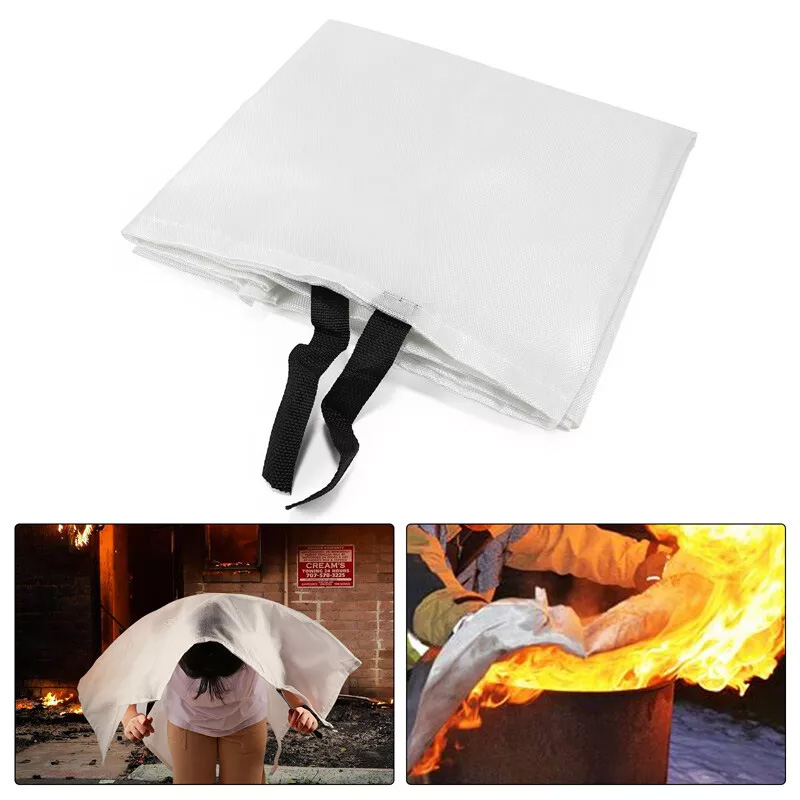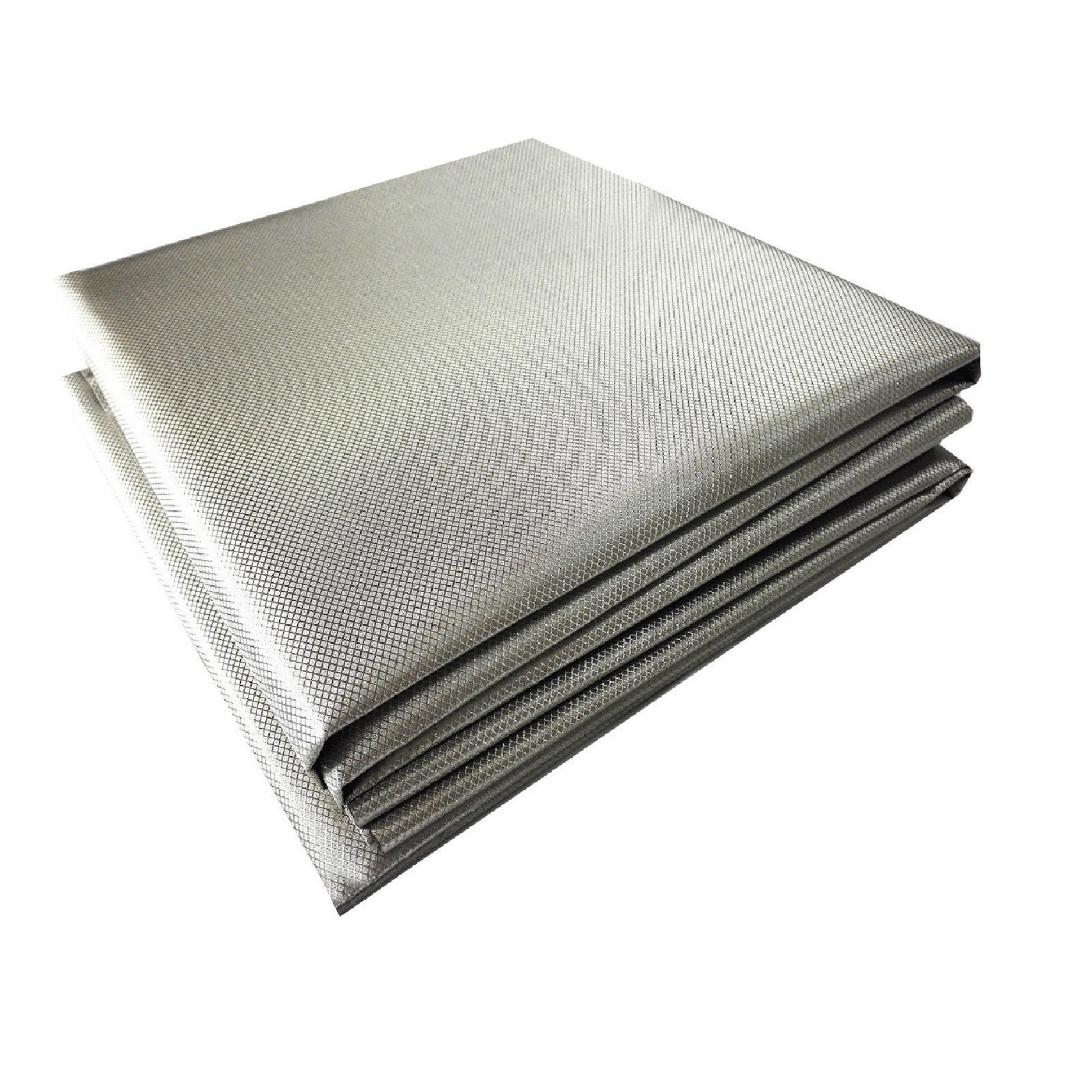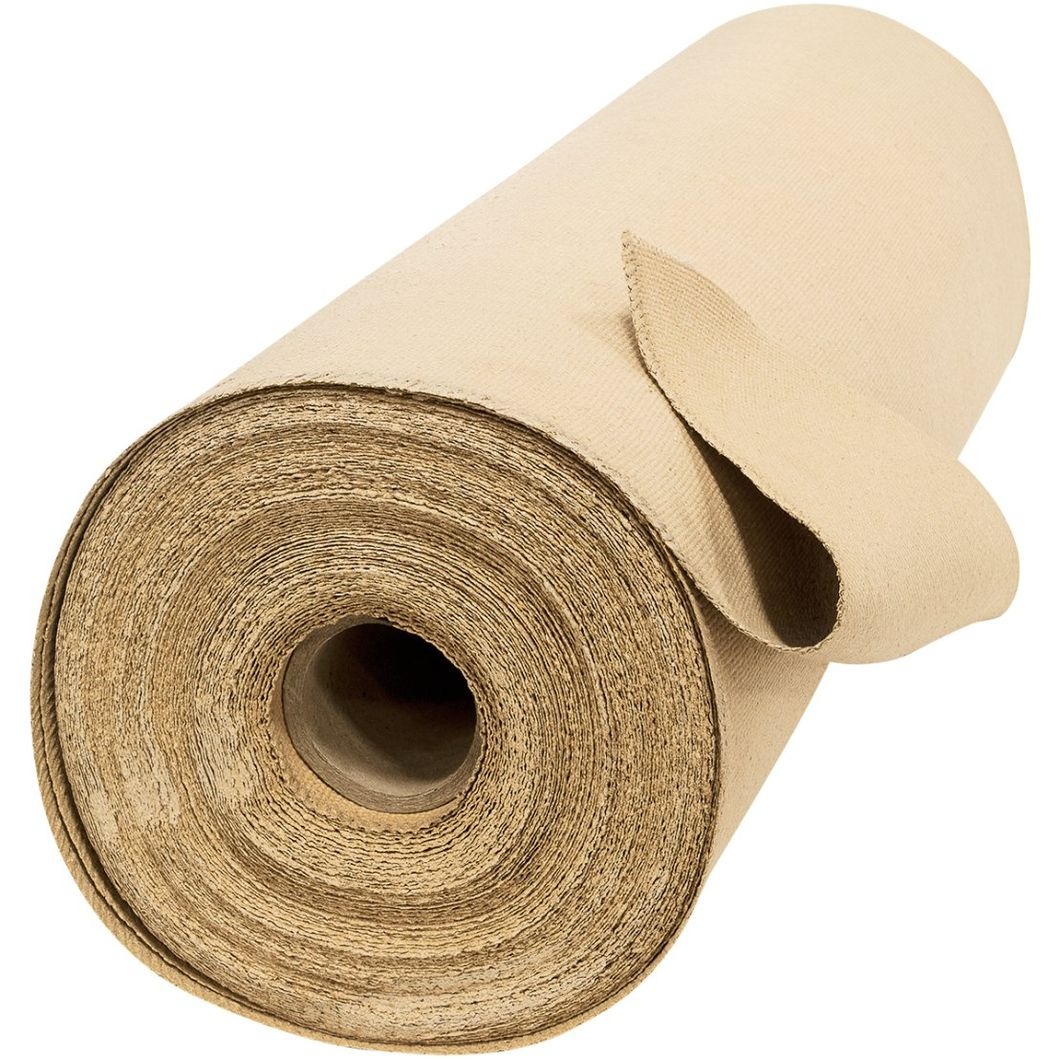Essential Welding Blanket Requirements for Safe Arc Welding Operations
Summary:A welding blanket is essential for arc welding safety. It protects against sparks, slag, and heat damage. Choose fire-resistant materials like fiberglass or silica for optimal protection. Proper use reduces workplace hazards significantly.
Why You Need a Welding Blanket for Arc Welding
When performing arc welding, a welding blanket isn't just optional - it's required for safety. The intense heat (up to 10,000°F) and flying sparks from arc welding can easily ignite nearby materials. A proper welding blanket acts as a protective barrier, containing these hazards within your work area.
Key Features of Quality Welding Blankets
Not all welding blankets meet the requirements for arc welding. Look for these essential characteristics:
- Fire resistance:Must withstand direct flame contact without burning
- Heat tolerance:Should handle temperatures up to 2000°F continuously
- Material quality:Fiberglass or silica fabrics offer the best protection
- Proper sizing:Coverage should extend at least 2 feet beyond your work area
- Durability:Reinforced edges prevent fraying from repeated use
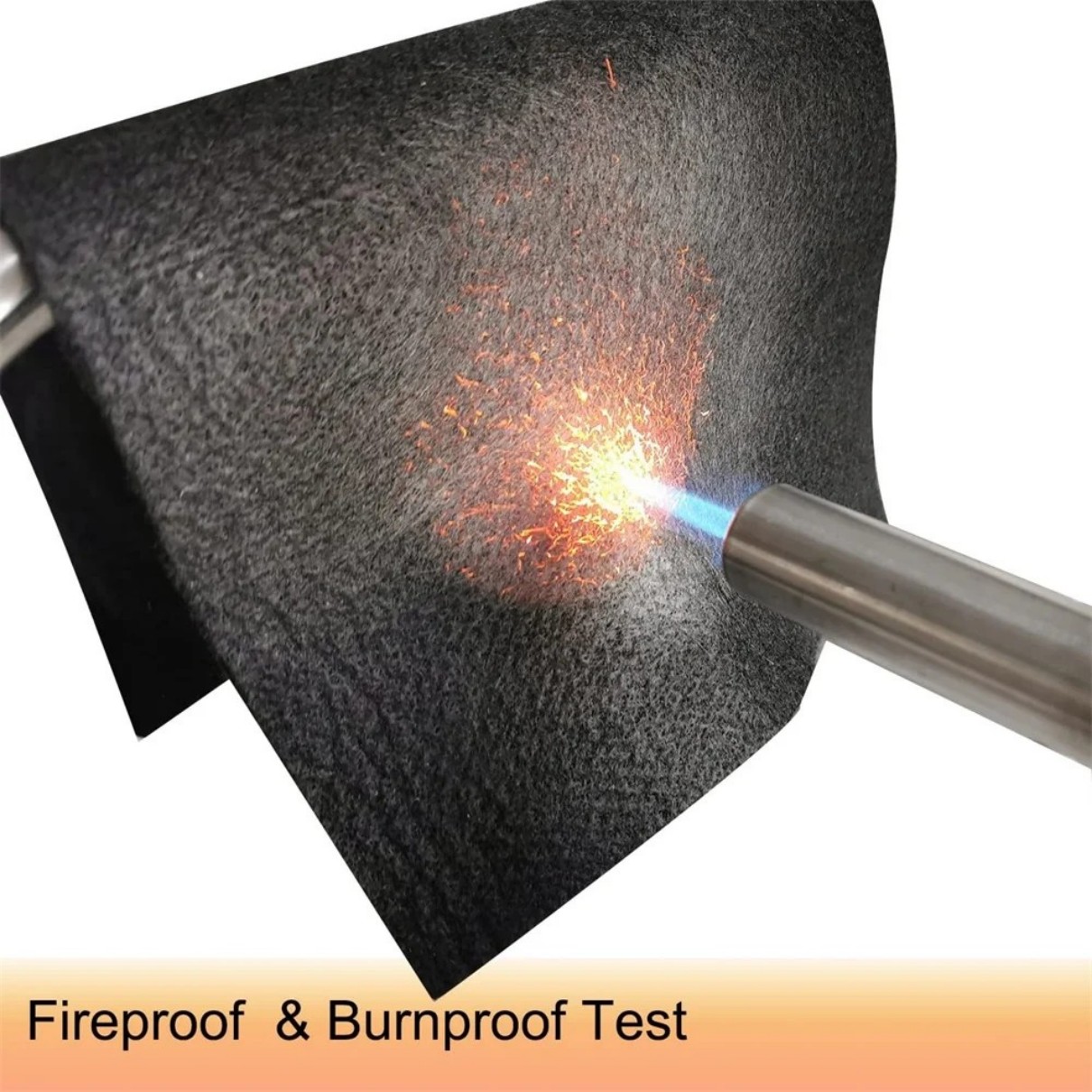
How to Use Your Welding Blanket Correctly
Simply having a welding blanket isn't enough - proper placement matters. Follow these steps:
- Cover all flammable surfaces within 35 feet of your welding area
- Secure the blanket with non-flammable weights or clamps
- Overlap multiple blankets by at least 6 inches if needed
- Inspect for damage before each use - replace if you find holes
- Keep a fire extinguisher nearby as additional protection
Welding Blanket Materials Compared
Different materials offer varying levels of protection for arc welding:
| Material | Max Temperature | Pros | Cons |
|---|---|---|---|
| Fiberglass | 1000°F | Affordable, flexible | Lower heat resistance |
| Silica | 2000°F | Superior heat protection | More expensive |
| Leather | 500°F | Durable | Heavy, limited protection |
Maintenance and Safety Tips
To ensure your welding blanket remains effective:
- Clean regularly with compressed air - never wash with water
- Store flat or rolled - never fold, as this weakens fibers
- Replace immediately if you notice discoloration or stiffening
- Never use a welding blanket as personal protective equipment (PPE)
- Combine with other safety measures like ventilation and proper PPE
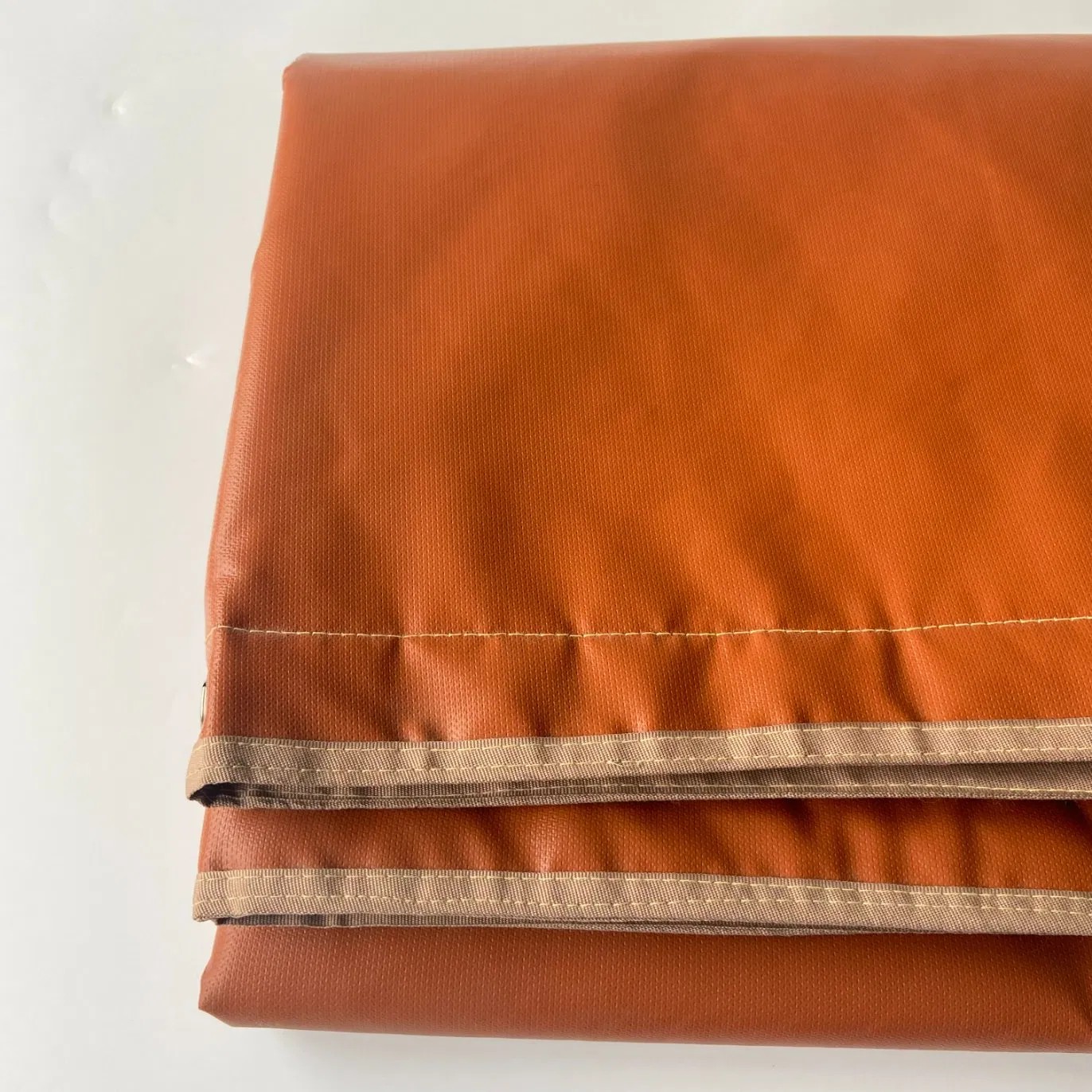
Common Mistakes to Avoid
Even experienced welders sometimes make these errors with welding blankets:
- Using blankets that are too small for the work area
- Placing blankets too close to the welding arc (keep at least 3 feet away)
- Reusing damaged blankets with holes or thin spots
- Assuming one blanket type works for all welding processes
- Forgetting to protect vertical surfaces near the work area
When to Upgrade Your Welding Blanket
Consider replacing your welding blanket if:
- You're working with higher amperage than your blanket's rating
- You notice reduced flexibility or increased stiffness
- Your welding projects have changed (larger scale or different metals)
- The blanket has visible damage or discoloration
- You're required to meet new safety regulations
Remember, a proper welding blanket required for arc welding isn't just about compliance - it's about protecting your workspace, your equipment, and most importantly, yourself. Invest in quality protection that matches your specific welding needs.



